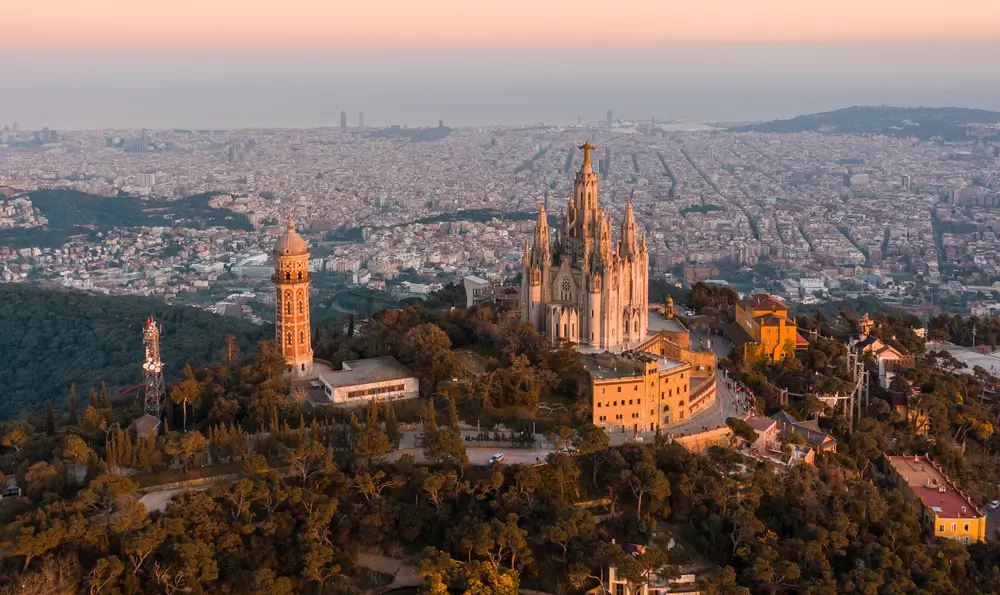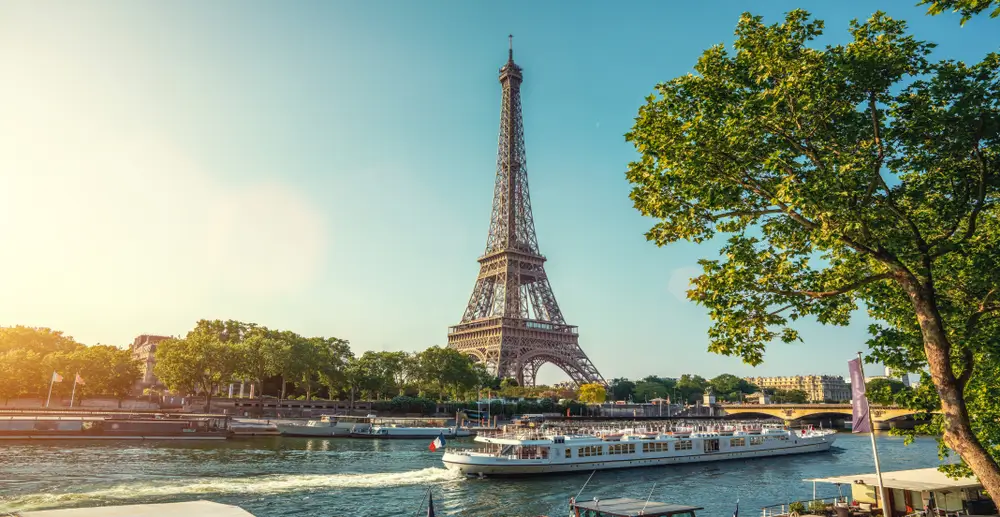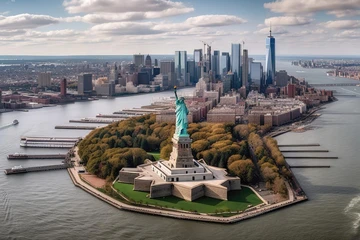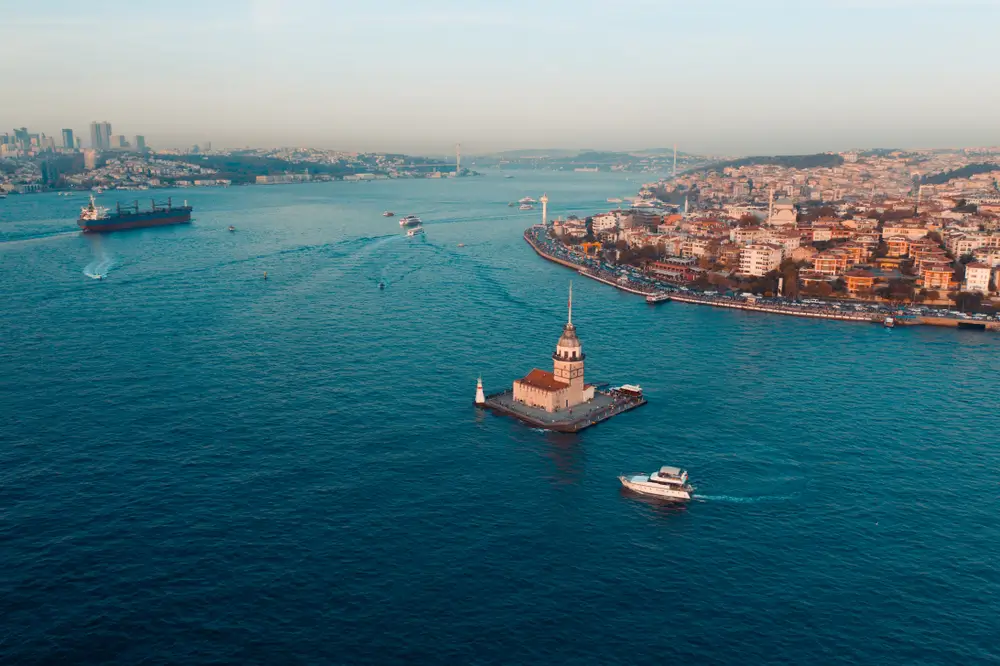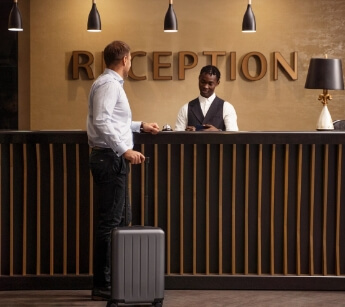




Hotel Detail
Located in the historic centre of Barnaul, this hotel features its own spa and wellness centre. Free WiFi is available throughout.
The individually decorated rooms are equipped with a sofa, a flat-screen TV with cable channels, and a dining area. Bathrooms are en-suite and complimentary toiletries are provided.
Breakfast is optional and is delivered to the room every morning. A fully equipped kitchen can be found in the common area, and a variety of restaurants are located within a 5-minute walk.
The Kinomir cinema is 4 km away and the Dynamo Stadium is a 2-minute drive away. Barnaul’s large entertainment centre is just 1 km from Malta.
Free parking is available at the hotel, and the Railway Station is 2 km away. Airport Barnaul is 16 km from Malta and a shuttle service can be arranged at a cost.
Disclaimer notification: Amenities are subject to availability and may be chargeable as per the hotel policy.
Popular Amenities
 Sports & Entertainment
Sports & Entertainment
Sauna
Massage
Poolbar
Facilities
Room service
Free Wi-Fi True None
 Room Facilities
Room Facilities
HiFi
Location
Family rooms
 Room facilities (Standard room)
Room facilities (Standard room)
Smoking rooms
